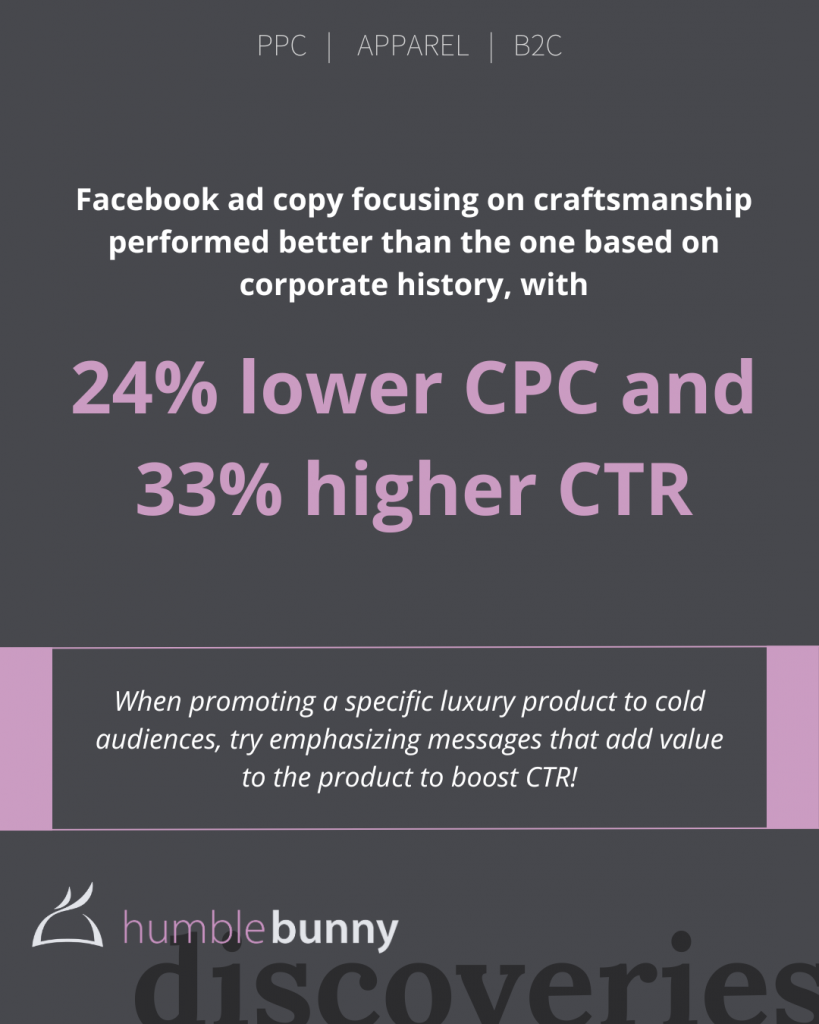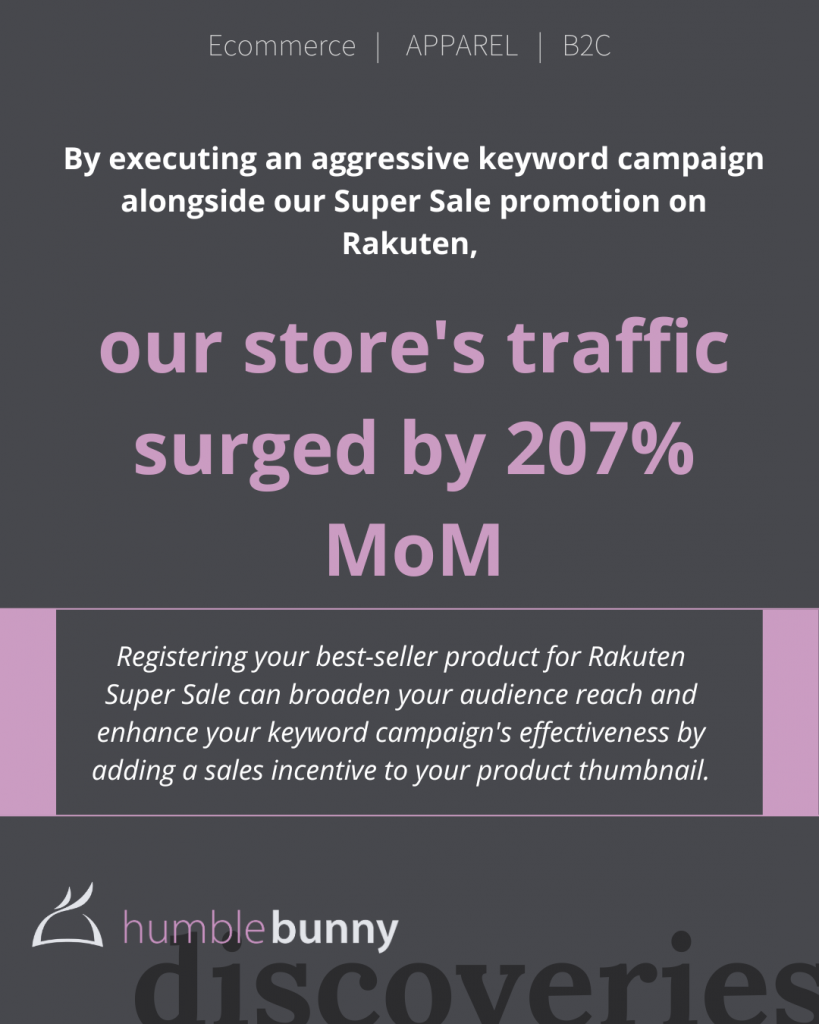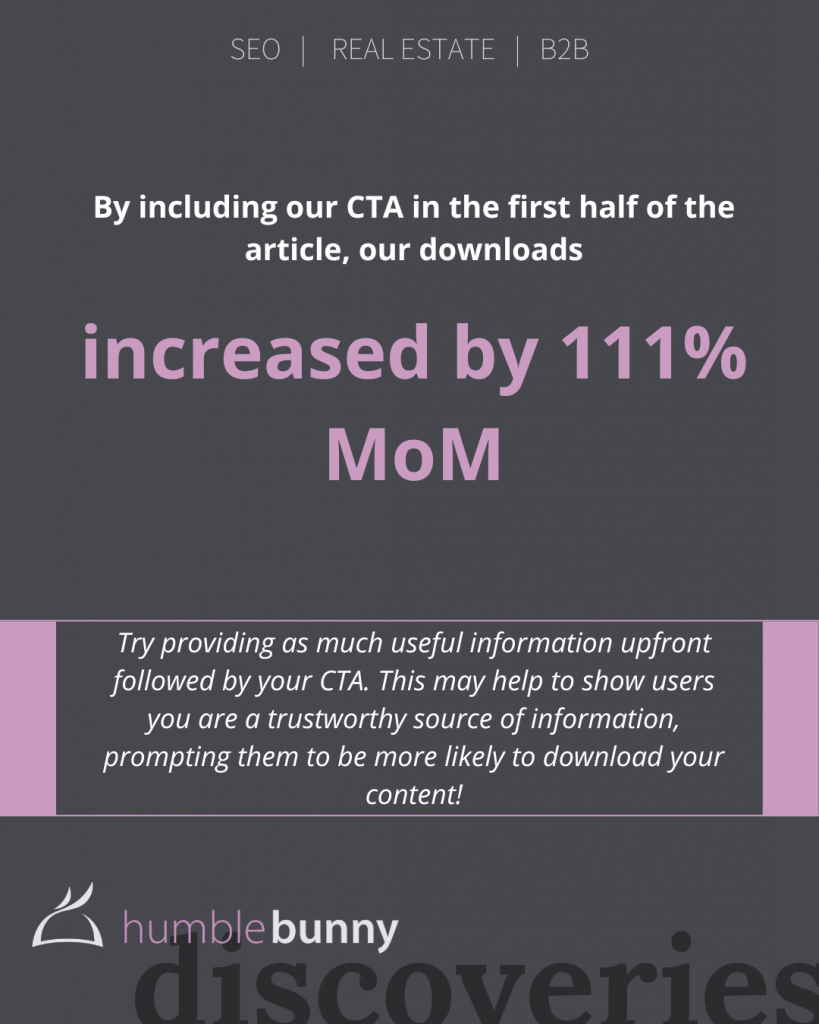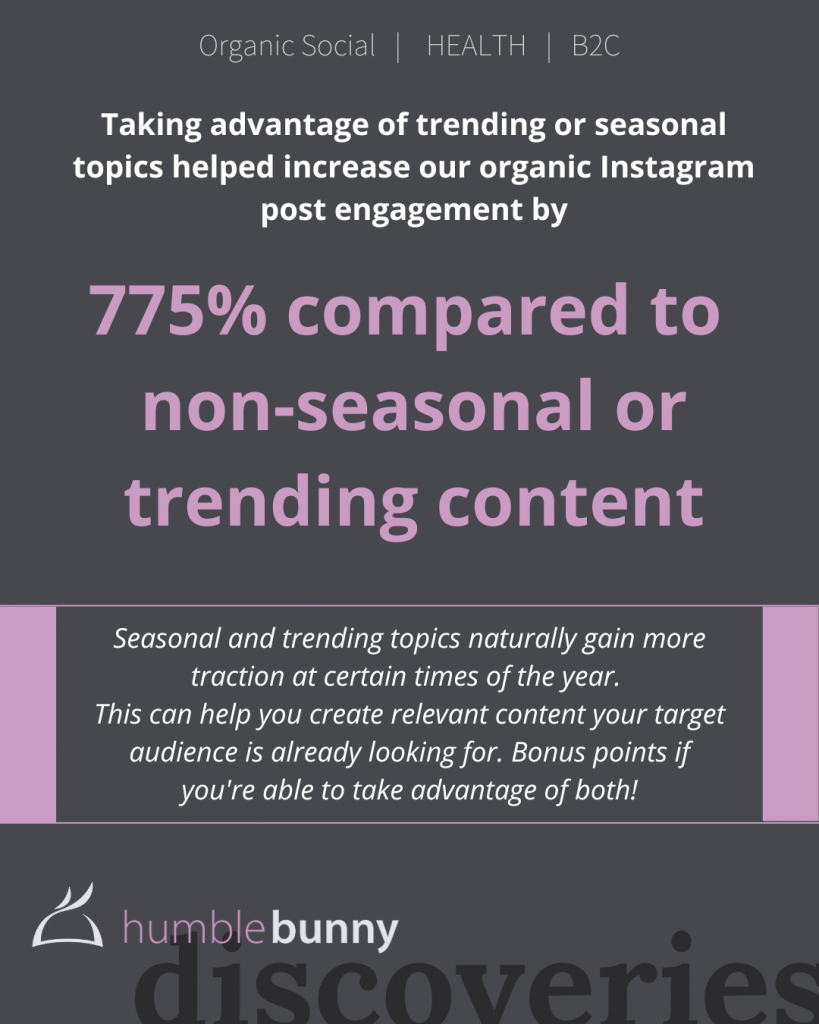The Japanese consumer market continues to attract foreign companies year after year with its tremendous commercial potential. Yet, it has been characterized as an enigma to many observers with a limited understanding of the social, cultural, and commercial landscape here—some even suggesting it to be the hardest market in the world for outsiders to break into.
With such a reputation, it can be hard to capture the exact elements that play a part in this unique landscape. But from our experience, we’ve also learned a few fundamental truths about the Japanese consumer that can help you better understand what you’re getting yourself into as an inbound business bringing your brand to Japan. So let’s look at 10 of the most important factors about Japanese consumers you need to know when advertising and marketing in Japan!
Table of Contents
- Western doesn’t mean better
- Risk aversion
- Distrust in organizations
- Selective purchasers
- Homogeneity and collectivism
- Educated and informed
- Marketing in Japan to an aging population
- The value of aesthetics
- Image conscious
- High expectations for quality
Not looking to read today? Check out our video for a crash course in marketing to Japanese consumers!
1. Western Doesn’t Mean Better

Early in its history, Japan was heavily influenced by its Asian mainland neighbors, namely China and Korea. Later, it was heavily exposed to modern Western cultural ideals, especially in the late 19th and 20th century. And most recently, there has been a strong adoption of American culture, following the Second World War.
All these influences have no doubt played a part in shaping the products, technologies, behavior, and ideals that have emerged here over the decades, yet Japan has always retained a strong sense of its own identity.
So, while you might be tempted to assume Japanese society has been heavily “Westernised”, with its appreciation of imported brands from America and Europe, the truth is that Japanese consumers are much more selective when it comes to the foreign brands they accept.
More often than not, customers will opt for domestically manufactured products from recognized brand names, than ones from abroad (with a few exceptions). Many families also have favourite brands (like Hitachi, Sony, or Panasonic) they trust and like to buy more than one product from, such as TVs, fridges, AC units and more.
Reasons Why Japanese Shoppers Buy Imported Goods
- Items are not available from domestic brands
- Products are imported from a country famous for it (French wine, German cars etc.)
- Items are less expensive from foreign manufacturers (made in China)
- To enjoy the ‘exotic’ factor and appreciate the lifestyle aspect of international brands and products
- To show social status and class with items and brands that are fashionable in other countries
“We Can Do it Better”
There’s no denying that the Japanese have been eclectic in their selection and adaptation of foreign elements into their own culture. But rather than simply adopting foreign concepts and models in their totality, brands prefer to adapt, creating a more “Japanese version” of a foreign concept.
Whether it’s in the culinary world, fashion, or technology, the Japanese have shown a remarkable ability to do things their own way.
2. Risk Aversion

Japanese consumers are more risk averse than their counterparts in the West. On Hofstede’s Uncertainty Avoidance Index, they hold one of the highest scores of all societies, registering as high as 92/100. This has a number of implications for consumer behavior, including the unwillingness to buy products from less known brands where quality isn’t absolutely assured.
This also translates to many shoppers paying a higher price for a well-known brand, despite being able to find the same or very similar product from other brands. Therefore, companies who are not able to establish long-term relationships with its customer base, ensuring consistent quality, will potentially suffer from this unwillingness to take chances.
HB Pro Tip: For foreign brands new to Japan, it’s crucial to reduce any ambiguity or confusion surrounding your products and the quality you are able to offer. Sometimes this requires you to use overly upfront descriptions of the kind of materials, processes, and technologies that you use.
3. Distrust in Organizations
In societies where trust in institutions is strong, brands typically find it easier to establish connections with new customers and sell their products and services to customers who are willing to take a chance on something new.
In countries like Japan however, with one of the worst rankings in the Edelman Trust Barometer at 37 per cent (second only to Russia), brands will find it harder to build trust with new consumers.
When trust in institutions is low, consumers will look to their peers for knowledge and guidance when deciding what to buy. Meaning, reviews, testimonials, word of mouth recommendations, and anything more user-centric becomes a more vital part of the buying process.
One interesting observation we discovered was that adding the word ‘公式 (official)’ to all product names in a Google Performance Max Campaign we were running for Etro Japan increased CTR by 21% MoM, perhaps again highlighting a lack of trust among consumers and the need to known that something is real, authentic and genuine.
What Makes A Brand Trustworthy?
- Consistent delivery of high standards for products and services
- Good ratings and customer reviews
- Products and services are priced fairly
- Treatment of customers is always fair
- A commitment to ongoing care and service
4. Selective Purchasers

Japanese consumers are known for being highly selective in their purchasing choices. Reading online reviews, asking friends for advice, using product comparison websites, watching product tutorials… all these things are part of the standard approach taken by most Japanese households.
As well as the two points previously mentioned, the lack of space in Japan is considered a major reason behind this kind of buying behavior. In its major urban areas like Tokyo, one of the most densely populated cities in the world, free space is scarce and unused storage is uncommon.
This makes people much less willing to waste space (and money) on non-essential items that can end up cluttering up the home. And this lack of space also encourages people to buy fewer, high value items, rather than multiple inexpensive items, as a way to enjoy and showcase economic prosperity.
Show Your Value
A deep rooted cultural attitude to avoid waste, as well as periods of economic struggle are also said to contribute to Japan’s selective purchasing behaviour. But no matter which way you look at it, you should be well aware of the kind of scrutiny that you may receive from the average Japanese shopper.
The best way to overcome this is through carefully crafted content and marketing messages that convince your audience of your value. Whenever you can, highlight quality, durability, and credibility.
Want Help Building Your Next Content Marketing Strategy?
5. Homogeneity & Collectivism

The Japanese population shares a number of commonalities including language, race, ethnicity, education, income, cultural attitudes, and social awareness. All these things are relatively uniform across society, compared to many other nations in the West, making it a highly homogenous nation.
Also, people are naturally more group-oriented than individualistic. Cooperation, loyalty, and personal sacrifice for the greater good are highly valued. And individuals may be more reluctant to take positions that stand out.
In this context, foreign brands entering Japan need to understand that this collective attitude can determine which products or services will be accepted by the marketplace. To put it another way, you may have a revolutionary product with great disruptive potential, but will it be accepted?
This challenge is at the heart of many company’s struggle to win over the Japanese market with new and innovative products.
HB Pro Tip: Despite the implications of collectivism and homogeneity, marketing to the Japanese population as a single mass market with generic approaches won’t get you very far. Despite the many similarities that exist between people, there is still a great deal of segmentation between demographics that you must take into account.
6. Educated and Informed

Education is highly valued in Japan. And attendance of high school and college level education is extremely high. Extra curricular learning activities are also popular, with many private institutions offering courses and training to both adults and children.
Japanese individuals have also been characterized as avid information seekers with a strong appetite for technical data. In fact, the sheer amount of information showcased in marketing materials in Japan far surpasses that seen in Western societies.
HB Pro Tip: If your product is technical, advanced, or innovative in any way, consider how you can convey this kind of information to potential buyers through your marketing output, rather than focusing merely on the overall benefit it can have on someone’s life. Japanese users are keen to know how things work, how they’re made, and how reliable they are, before they commit to a purchase.
7. Marketing in Japan to An Aging Population
The importance of age as a variable for market segmentation is even greater in Japan, with many aspects of life determined by how old you are and your stage in life.
For instance, salary levels are highly age relative, with people ordinarily achieving greater purchasing power the older they get, through advancement at the workplace. So, in a crude sense, more high-priced luxurious items are best marketed to older consumers, who are more likely to buy them.
Adjusting your approach to the preferences, ideals, and attitudes of these individuals is an important part of bringing your brand and marketing strategy to Japan.
Similarly, younger people in Japan who are known for being far less materialistic and career focused than their predecessors, will have their own set of ideals and preferences, and knowing what these are and catering to them should be foundational to your approach.
8. The Value of Aesthetics

Most people are aware of Japan’s adherence to high aesthetic standards. Getting the presentation right (or as close to perfect as possible) is an important part of Japanese culture.
There’s no end to examples that prove this, such as food presentation, flower arrangements, urban landscaping, gardens, shop layouts, animation, and of course, marketing content.
Aesthetic appearance matters, and finding the best way to convey your products, branding, and marketing material is critical if you want to capture people’s attention and entice them into buying from you.
We’ve also seen color play an important role in all kinds of marketing and branding related situations in Japan. For instance, when we advised one of our clients, DailyFX, to rethink their brand guidelines for the local market and introduce a more casual and colorful design approach, they were able to see an increase Instagram followers by 30% MoM, as well as an increase engagement rate by 16.3% MoM.
HB Pro Tip: Working with Japanese graphic design support can help you understand what consumers expect to see from your brand. Whether you’re designing your first website for Japan, or putting together an SEO or PPC campaign with visual assets, there are certain ways to “present yourself” in Japan that will help you find success, and having some insider support is priceless!
Japanese Web Design Characteristics
Many are surprised by the unique characteristics of Japanese web design. Dense sections of text, very little white space, multiple focus points, and several CTAs on one landing page are sometimes off-putting to the Western eye, but are crucial components of a great website for Japanese users.
- Greater amounts of text and detailed information upfront
- Less white space on page
- Content aims to inform the purchasing decision rather than create an emotional connection
- Multiple scripts are used
- Smaller and more frequent graphics are used rather than fewer large high-resolution images
- Data, testimonials, and statistics are given more priority on landing pages to build trust with the user
- Several contrasting colors and design elements are often used within small spaces
Learn More About Intriguing Japanese Web Design Trends
9. Image Conscious

In Japan, consumers search for items that can offer status and prestige as well as functionality. You might have an amazing product that performs better than others in your market, but if it does not convey the right image, you may be overlooked for another that does.
10. High Expectations for Quality
The quality of products and services in Japan is usually uniformly high, and extends from small to large items.
There is also a general understanding that products should always serve a practical purpose that closely matches the specific needs of customers, with manufacturing processes tailored to enhance functional design and guarantee consistent quality.
Many international markets even borrow the “Japan brand” as a way to showcase quality, with “Japanese engineering” considered a standard worth striving for, much like German car manufacturing.
Aesthetic features are also part of this high expectation of quality. Practical functionality, user-friendliness, and appearance are equally important aspects of a good product in Japan. So much so that a technologically superior product would not be considered as high quality if it looked ugly or was difficult to use.
Japanese Expectations for Products and Services
- Courtesy – Generally, customers in Japan are always treated with extreme courtesy and respect in accordance with cultural traditions like Omotenashi, which is a term that captures the way Japanese hosts anticipate their guests’ needs and pay careful attention to detail and. Following this approach through your customer service and communications is important for establishing your brand as reliable, trustworthy, and high quality.
- A good track record – Having a good track record through testimonials and user reviews is all part of creating the overall package that potential customers look for when evaluating new brands and products. Having other customers speaking to the quality of your products will go a long way.
- Keep your commitments – In Japanese culture, deadlines, descriptions, and delivery dates are taken literally. Meaning, if you say you’re going to do something, you need to do it. Being late or failing to deliver what you have promised is very poor form.
HB Pro Tip: Be careful about approximations and estimations. Try to convey very accurate depictions of your products through your advertising content or ecommerce marketing efforts on platforms like Amazon or Rakuten. Overstating the ability of your product to do something will only leave your customers cheated, even if it still delivers decent performance.
Interested in More Insights About Humble Bunny’s Approach to Ecommerce in Japan?
Marketing in Japan to the Future Japanese Consumer

Many of the things we’ve covered will be prominent aspects of Japanese consumer culture for many years to come. But it is also true that Japanese society is constantly changing and adapting to new realities. Therefore, the dynamic nature the Japanese consumers landscape should not be ignored.
When advertising and marketing in Japan to new audiences (especially to younger demographics with changing expectations and preferences), keep in mind how things are always evolving with new technologies accelerating the pace of change — old ways often clashing with new.
The best way to make sure your brand and marketing communications are always relevant is to remove the guesswork. Whether you conduct extensive market research or work with local partners who understand your market well, try to build your marketing strategy around information you can prove to be true.
Steal Our Best Ideas
Actionable insights straight from our data
Here are a couple quick discoveries we’ve pulled from the data of our latest projects. Why? To help you make the changes you need to gain traction in the Japanese market! As an agency, we are always digging deeper and searching for those little yet significant tweaks that will push our clients to the next level of success. If you need a partner to help you identify and implement changes like these on a monthly basis, let us know!




Need help gaining traction for your business in Japan? Let’s chat on how we can help.